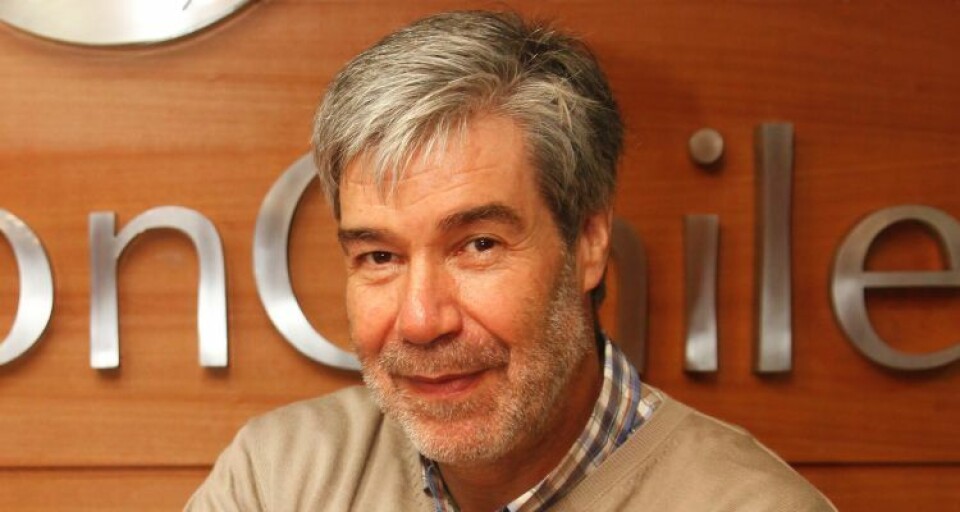
Call for stricter reforms
The President of SalmonChile, Felipe Sandoval, believes that the changes in legislation the Chilean government plans to make this year are insufficient to ensure the health of the country’s salmon industry.
A wave of new regulations is expected to be applied to Chile’s salmon industry in March, in a bid to protect fish health and the environment – a move that is predicted to cause a fall in Chilean production in 2018. However, companies will be able to maintain the current stocking densities or voluntarily limit their growth, depending on the health status of their fish.
"The latter is moving towards what we want as a system, but it is insufficient," Sandoval told Salmonexpert.cl
In an interview with Salmonexpert, the president spoke with caution about the planned reforms and even questioned whether the changes will actually take place as planned.
Why do you consider these reforms insufficient?
The new regulations will be flexible and will control production levels by macro-zone and not by neighbourhood. Subsequently, there must be other modifications to perfect them until a more structural change that would not, in my opinion, occur under the existing government takes place.
What system would the industry prefer?
We would like a system…based on fewer, but larger sites, which are more spread out and operate only in the most suitable areas, which would also imply lower costs. We would like this to be combined with a production limit for each area, which can be transferred from one site to another, regardless of which company it belongs to.
Does this require a new policy change?
It probably needs to be considered by the competition authorities, because it would involve the transfer of production between companies within the sector.
Should the production limit of the Chilean salmon industry be set at 650,000 tonnes?
The final figure should come from an independent study on the industry. The 650,000 tonne figure that has previously been mentioned is related to the period when Chile reached sanitary stability, in the years 2011 and 2012. However, the figure cannot be produced at random, we must be rigorous and the new regulations will allow companies to know their optimal limits – which can then be reduced in the wake of poor performances or increased if they fulfil the necessary criteria. If everyone follows that formula, the ideal production figure will then be known.
What do you think of the government’s claim that companies still base their production plans on market decisions, rather than safeguarding fish health and the environment?
When companies make their decisions, they do not necessarily see the overall framework of the sector. This is why a standard like the one that is applied is needed. Unfortunately, it is not always the case that the sum of individual interests is the common good, that is why government intervention is necessary to protect fish health.
How long do you think high salmon prices will continue?
It’s difficult to predict but there are some health problems in Norway, so production will not go up there, and the industry in Chile will expand very little this year, so in 2017 prices should remain high.
Signs of improvement
Despite the mass mortalities that occurred in the first quarter of 2016 due to algal blooms, which meant that export volumes were lower in 2016 than in the preceding year, figures released this week by Chile’s Central Bank reveal that the country’s salmonid exports were worth US $3.86 billion, up by 10% compared to the same period in 2015.
Of this $3.455 billion came from Atlantic and coho salmon products, 12%, higher than in 2015, while trout exports were worth $405 million, a y-o-y decrease of 7%.





















































